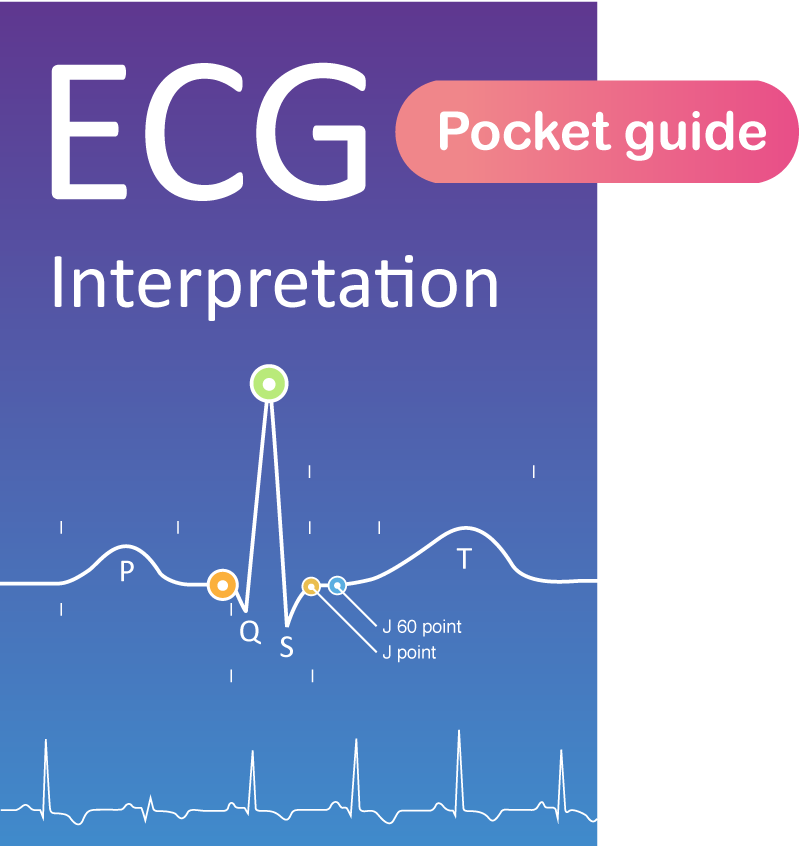Principles of myocardial excitability
Myocardium is excitable not only by action potentials originating in the sinus node, but also by external electrical stimuli that drive the cells to threshold. Any stimulus driving the membrane potential to threshold will evoke an action potential, which will subsequently propagate to neighboring cells and ultimately depolarize all connected myocardium. This is the main principle behind artificial pacemakers; i.e applying an external electrical current that depolarizes cells in contact with the lead tip, and thus generate an action potential that will spread through the myocardium.
Components of an artificial pacemaker
Pacemakers consist of an implantable pulse generator (IPG), which contains the electronics, a battery, and one or two leads. The pulse generator generates the electric current needed to stimulate the myocardium. The current is delivered to the myocardium via the leads, which are guided to the right atrial and ventricular myocardium via a vein (Figure 1).

The pacemaker is commonly implanted under the clavicle, between the skin and the pectorialis major. The pulse generator has a shell of titanium which is well tolerated by the surrounding tissues. The leads are introduced into one of the larger veins (typically the subclavian vein) and guided further down to the heart where they contact the endocardium.
Pacemaker battery
The battery is used to deliver pacing pulses, sensing (analyzing electrical activity in the heart) and store electrocardiograms. The pacemaker is powered by a lithium battery with a lifespan of 5–10 years. A shorter lifespan can be expected if the pacing requirement is extensive, or if the stimulus threshold (discussed below) is high. When the battery is depleted, the entire system must be replaced.
Pacemaker leads and electrodes
Pacemaker leads contain conductors wrapped in insulation (Figure 2). Most pacemakers utilize bipolar pacing (see below), in which the lead tip is equipped with two electrodes; a positive electrode (anode), and a negative electrode (cathode). The pulse generator applies a voltage difference between the anode and cathode, which results in electrons flowing from the anode to the cathode. These electrons depolarize the myocardium and thus trigger an action potential that will spread through the myocardium.
The electrodes are also used to record electrical activity. This function of the pacemaker is referred to as sensing.
Most pacemakers use two leads; one in the right atrium and one in the right ventricle. If necessary, both leads can be used for pacing and sensing.

Lead fixation to the myocardium may be active, meaning that the cathode consists of a screw that is inserted into the myocardium, or passive, meaning that the cathode is not inserted into the myocardium but instead the lead is anchored to the myocardium via tines (Figure 1).
Unipolar vs. bipolar pacing
Pacemakers can utilize either a unipolar or bipolar mode of pacing (Figure 3). In bipolar pacing, the voltage difference is established at the lead tip, between the anode and cathode. With unipolar pacing, the voltage difference is established between the lead tip and the pulse generator, such that electrons flow between the pulse generator and the lead tip.

Electrons travel a longer distance in unipolar pacing, which therefore requires slightly more energy to successfully depolarize myocardium. Moreover, currents flowing from the pulse generator and the lead tip may stimulate excitable tissue between the can and the lead tip. Consequently, unipolar pacemakers yield larger stimulation artifacts on ECG (Figure 4). In bipolar pacing, the anode and cathode are both located within the heart and the resulting stimulation artifact becomes very discrete, or invisible.

When stimulation occurs in the ventricular myocardium, the impulse will propagate mostly outside the conduction system, which results in a wide QRS complex (QRS duration >0.12 seconds). Since the stimulation occurs in the right ventricle, activation will start there and it will gradually spread towards the left ventricle. Therefore, the QRS complex in the right ventricular pacing will be reminiscent of QRS configuration in left bundle branch block (in which activation of the left ventricle also depends on impulses originating in the right ventricle).
